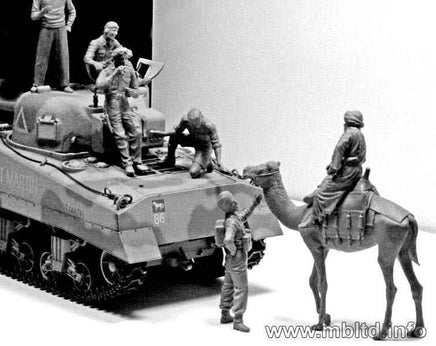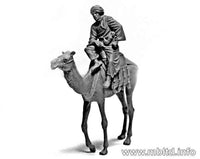Bernard Law Montgomery, 1st Viscount Montgomery of Alamein, was born in November 1887 and died in March 1976. He was a British field marshal and one of the best commanders of the British Empire during the Second World War. Bernard Law Montgomery completed his secondary education at St. Paul's School and received theoretical military education at the Military Academy in Sandhurst, where he graduated in 1908 at the age of 21. Military service began with assignment to the 1st Royal Infantry Regiment and shipment to India. Bernard Law Montgomery took a very active part in World War I: he fought at Ypres and Baileul in 1914, where he was badly wounded. He was awarded the Distinguished Service Order for these battles. In 1916, he fought on the Somme as a staff officer. In July 1918, he was appointed lieutenant colonel and chief of staff of the 47th Infantry Division. He also actively served in the British Army in the interwar period, obtaining the rank of brigadier. He started his activities in World War II with the French campaign in 1940 as the commander of the 2nd BEF Corps (British Expeditionary Force). He had earned his credit for the retreat from Dunkirk. He spent the years 1940–1942 in the British Isles. In 1942, he was assigned to North Africa, where he was given command of the 8th Army. Commanding these forces, he first inhibited the German advance at Alam El-Halfa and later defeated the Axis forces in the Battle of El-Alamein, achieving his greatest and most famous victory. He later commanded the 8th Army during the fighting in North Africa, during the landings in Sicily, and in southern Italy in 1943. He was one of the high-ranking Allied officers who planned and implemented the Normandy landing plan in June 1944. After landing, his forces fought in the Caen area, where he ultimately won victory despite numerous tactical defeats. Later (September 1944), he oversaw the unsuccessful operation Market Garden. After World War II, he held important positions in the structure of the British army and later also in NATO. He ended his military career in 1958.
The Commonwealth is a name that, during World War II could be translated as the British Commonwealth and later as the Commonwealth of Nations. It was and still is an international organization established in December 1931 associating the former colonies of the British Empire. Its members include, inter alia, Australia, New Zealand, and Canada. During World War II, Commonwealth countries supported Great Britain in its war against the Axis countries and sent often large-for-population military contingents. The lion's share of them were infantry, and not every country in the Commonwealth could put up armored divisions. Such formations were issued only by Australia (3 armored divisions), Canada (2 divisions), and South Africa. It is worth adding that 2 armored divisions were also formed in the British Army of India. Regardless of the year of formation of a given division and the year of its formation, its structure was almost identical to the British organization of this type of unit. Two examples can be mentioned. The first will be the 1st Australian Armored Division. 1st Armored Division) formed in 1941, which consisted of 2 armored brigades, 3 armored battalions each, and (from February 1942) the so-called Support Group with infantry and artillery units. This structure coincided with the time of the British division in 1940. The second example is the 4th Canadian Armored Division, converted from an infantry division in 1944 [ang. 4th Canadian (Armoured) Division] . It consisted of an armored brigade, a mechanized infantry brigade, and support units, e.g., artillery, sappers, and communications. Also, in this case, it coincided with the time of the British division. armored car from 1944. The equipment of these divisions was primarily British equipment as well as imported or licensed American equipment. It is worth noting, however, that Canada has created its own tank called RAM in the Mark I and II versions.


























